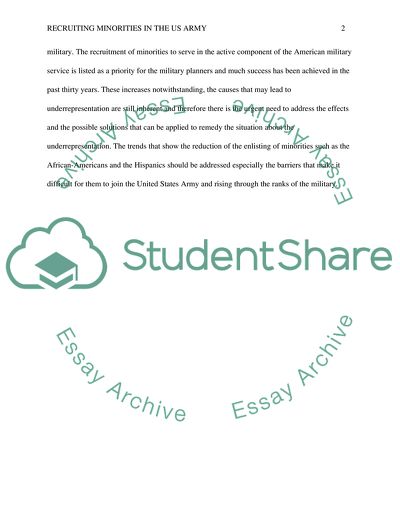Cite this document
(Recruiting Minorities in the US Army Term Paper, n.d.)
Recruiting Minorities in the US Army Term Paper. Retrieved from https://studentshare.org/military/1802433-dificulties-in-recruiting-minorities-in-the-us-army-causes-effect-and-posible-solutions
Recruiting Minorities in the US Army Term Paper. Retrieved from https://studentshare.org/military/1802433-dificulties-in-recruiting-minorities-in-the-us-army-causes-effect-and-posible-solutions
(Recruiting Minorities in the US Army Term Paper)
Recruiting Minorities in the US Army Term Paper. https://studentshare.org/military/1802433-dificulties-in-recruiting-minorities-in-the-us-army-causes-effect-and-posible-solutions.
Recruiting Minorities in the US Army Term Paper. https://studentshare.org/military/1802433-dificulties-in-recruiting-minorities-in-the-us-army-causes-effect-and-posible-solutions.
“Recruiting Minorities in the US Army Term Paper”, n.d. https://studentshare.org/military/1802433-dificulties-in-recruiting-minorities-in-the-us-army-causes-effect-and-posible-solutions.


